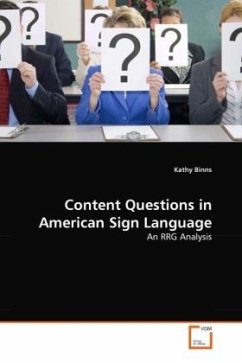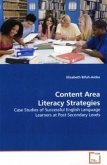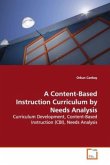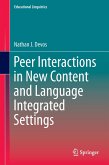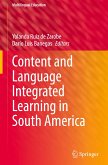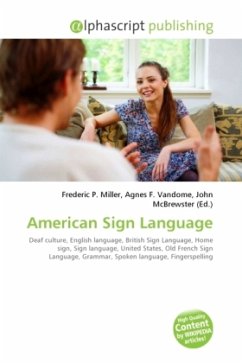The goal of this book is to determine whether, from a grammatical perspective, ASL syntax, particularly in regard to question formation, is like that of natural spoken languages. The theoretical framework I employ is Van Valin & LaPolla's (1997) Role and Reference Grammar (RRG); with its flexibility, RRG seems ideal for the medium and multi-dimensionality of signed languages. An RRG analysis of verb classes in ASL illuminates an obscure feature of the language, one which makes it typologically unique: indexing verbs are head-marking, while plain verbs are neither head- nor dependent-marking. With fixed focus, ASL relies on a combination of word order movement and syntactic focus constructions to achieve a range of focus possibilities; among these constructions are topicalization, pseudoclefts, and doubling. Of particular interest in signed languages are covert questions, those that rely solely on the nonmanual marking to indicate the scope of the wh-question. Polar questions, forexample, are marked with a different particle (in this case, facial expression) than content questions and are not, therefore, typologically unusual.
Bitte wählen Sie Ihr Anliegen aus.
Rechnungen
Retourenschein anfordern
Bestellstatus
Storno

